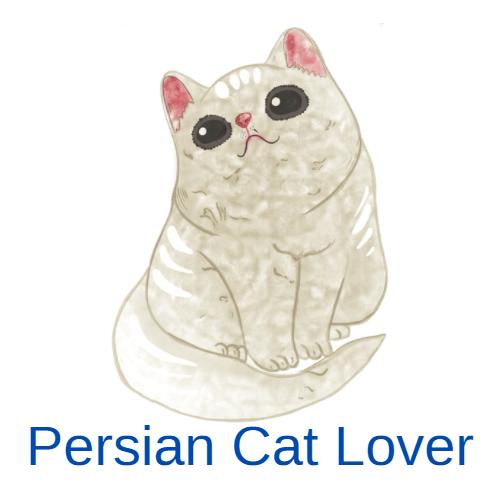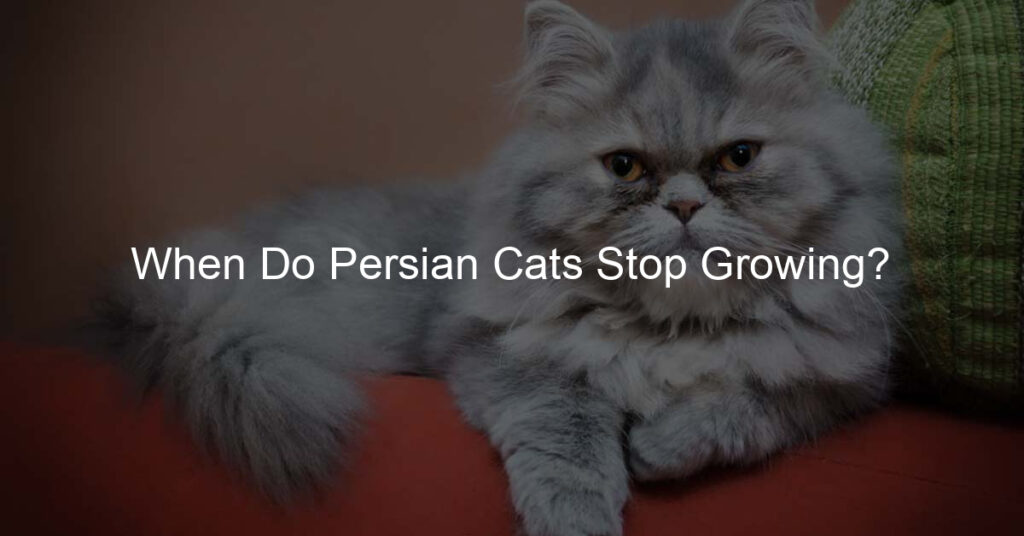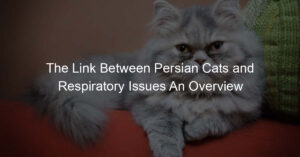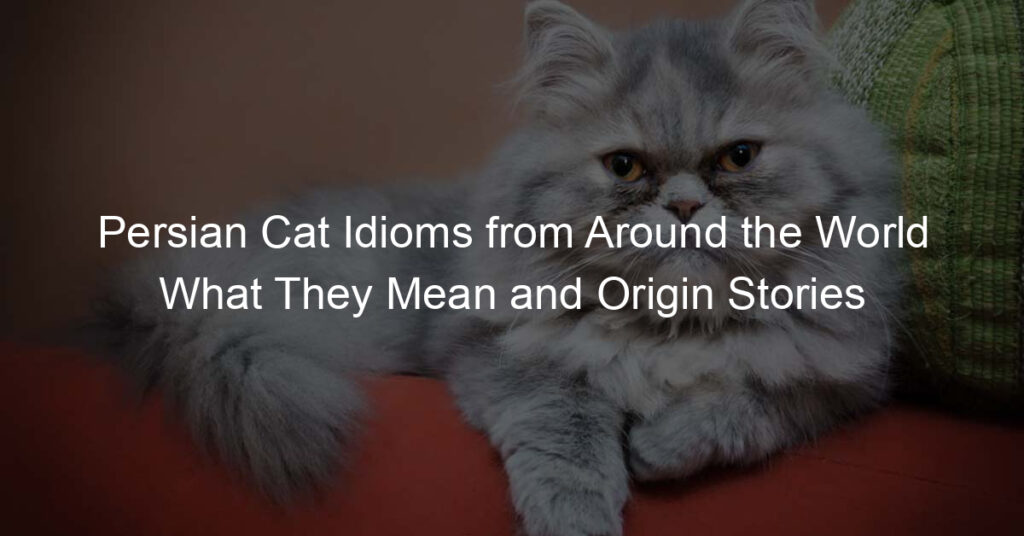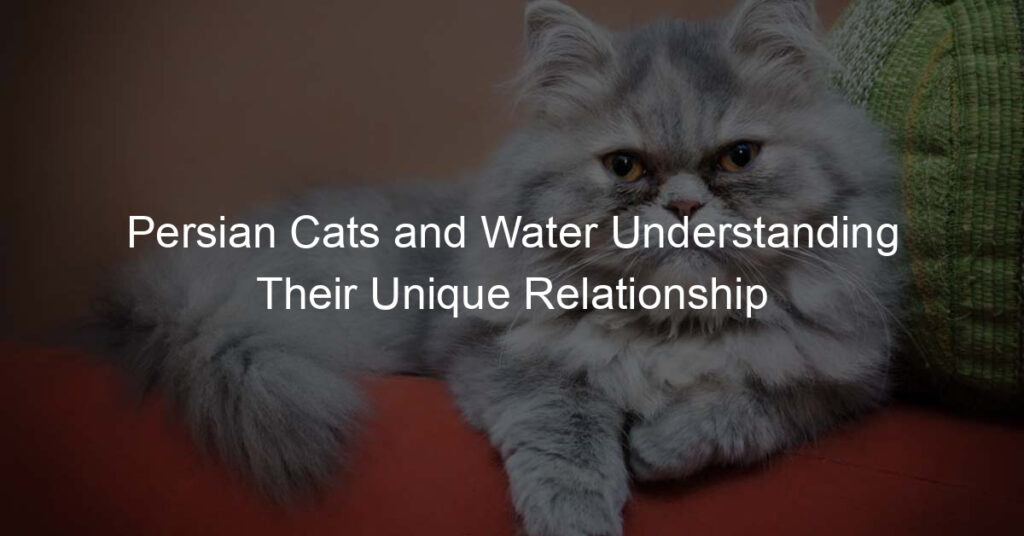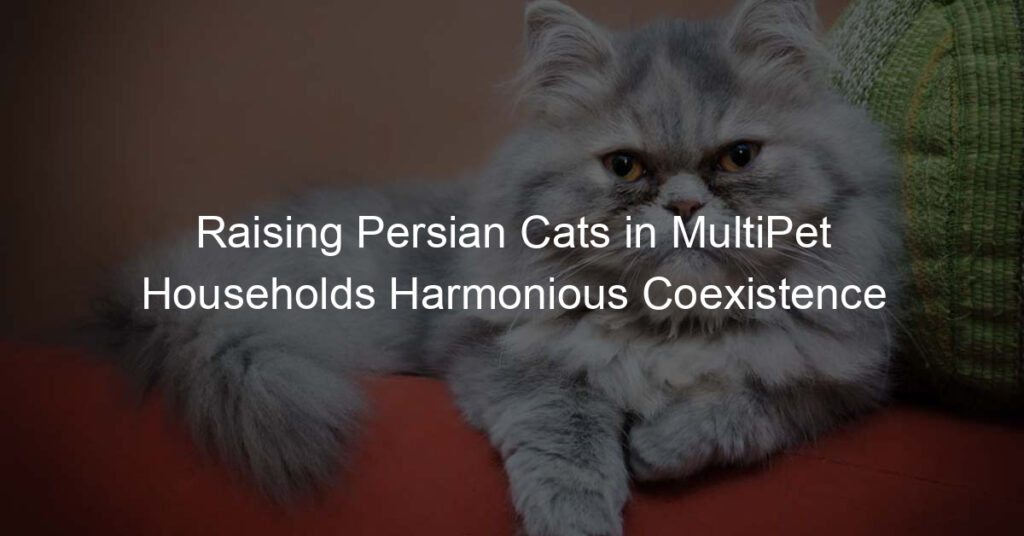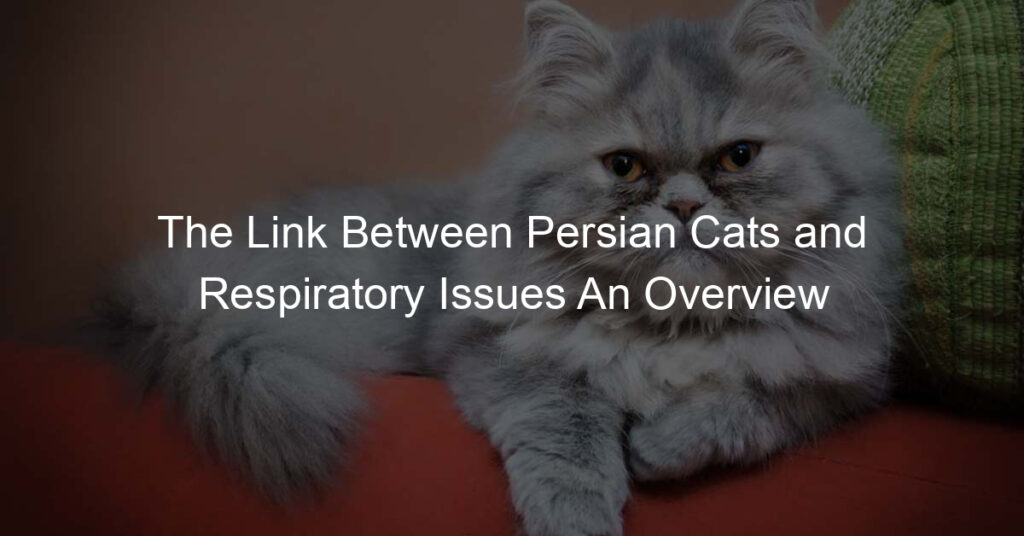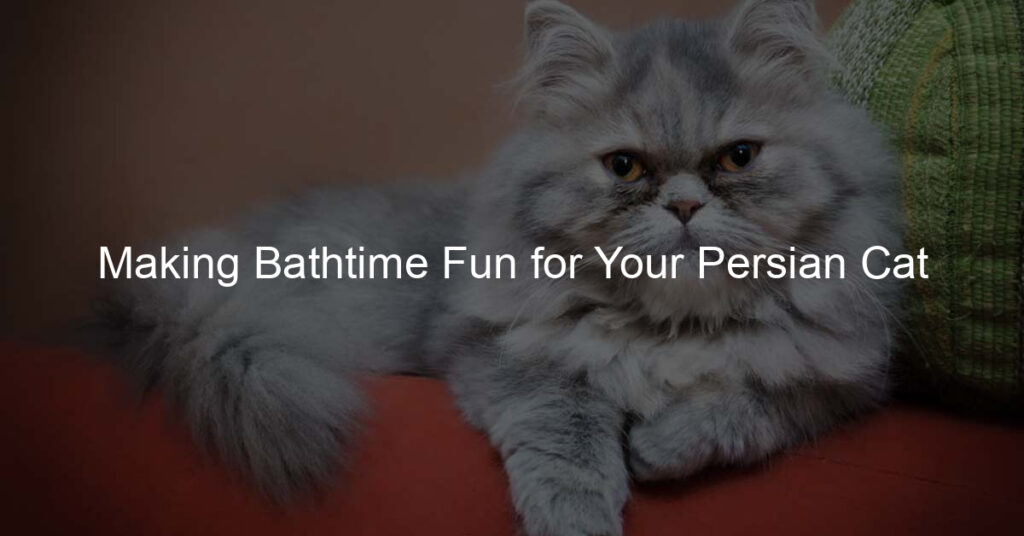This is one of the most common questions pet owners have when they bring home a new Persian kitten. While each cat has its growth rate, there are some general guidelines to consider when considering when your Persian will be fully grown.
Generally speaking, Persian cats stop growing at around 12 months old, although this can vary depending on diet, exercise, and overall health. Some may reach their full adult size as early as eight months or as late as sixteen months. Males tend to take longer to get their peak size than females do.
Since all kittens grow differently, it can be difficult to accurately predict how large your pet will become until he reaches adulthood. However, if you’re concerned about an overly large cat or one that isn’t growing the way you expected, it can be worth checking in with your vet for an assessment.
The best way to ensure your Persian cat grows optimally is by providing a balanced, nutritious diet and plenty of exercise. In addition, make sure he has access to toys and regular playtime so he can burn off energy and stay active throughout his growth period.
If you’ve recently welcomed a new kitten into your home, remember: no two cats are alike!
Enjoy watching him grow, and don’t forget to keep an eye on his diet and exercise routine during this important time in your pet’s life. After all, the healthier he is now, the more he will enjoy living a long and happy life with you.
How Can I Determine if My Cat Is Not Growing at a Normal Rate?
If you’re a Persian cat owner and are wondering if your beloved feline friend is growing at a normal rate, there are some tell-tale signs to look out for.
Firstly, it’s essential to understand the average size of an adult Persian cat. Typically, they grow between 8 and 12 inches in length and weigh 12-14 pounds when fully grown.
If your kitty is significantly bigger or smaller than this, there may be cause for concern.
In addition to size differences, other warning signs that your Persian cat isn’t growing as it should include lack of muscle tone or physical development (sometimes due to malnutrition) or coat issues such as patches of fur loss or discoloration.
To get a better idea of whether your cat is growing correctly, take it to the vet for a check-up. The doctor can do a physical exam and determine if any underlying health problems may affect its growth.
Finally, pay attention to your Persian cat’s behavior. If it seems lethargic or uninterested in activities, this could also indicate an issue with its development.
Don’t hesitate to reach out to your veterinarian if you have any suspicions. They should be able to provide insight into whether or not your kitty is growing at the right rate and advise on how best to help them reach their full potential!
Should I Take My Persian Kitten to the Vet for a Regular Checkup During His Growth Period?
Taking your Persian kitten for regular checkups with the vet during their growth period is essential. This will ensure that any illnesses and diseases are caught early and monitor growth rate and development.
Persian cats stop growing around one year of age, so taking them in for checkups around this time can be very beneficial. Depending on your kitten’s health status and overall size, consider scheduling more frequent visits throughout their first year to monitor their progress.
Your veterinarian may also recommend specific tests or screenings at certain intervals, such as annual vaccinations and parasite control. Further, they can offer advice on nutrition, activities, and lifestyle changes that could help keep your cat healthy as they grow into adulthood.
While it’s important to keep up with your vet visits, you also need to be aware of any potential illnesses or diseases in your Persian cat. If you notice any unusual behavior, have them checked out right away.
Knowing the signs and symptoms of common illnesses can help you identify something before it becomes severe. Regular checkups for your Persian kitten during their growth period are essential to responsible pet ownership.
It ensures that they receive proper care and monitoring during these early stages of life so any issues can be addressed quickly before they become more serious.
What Supplements Can I Give My Cat To Help Him Reach His Full Growth Potential?
Your little fluffball won’t be done filling out until he or she reaches full maturity by about three years old. During this period, it’s important to give your furry friend all the nutrients necessary for healthy development and growth.
A good quality diet with all essential vitamins and minerals should help support your pet’s growth needs during this critical period. Also, supplements can help ensure your Persian cat gets everything he needs to reach his full growth potential.
Omega-3 fatty acids are great for joint health, while vitamin E helps protect cells and promotes healthy skin.
Vitamin C is an essential nutrient for cats, which helps support the immune system and aids in collagen production. All of these can be found in pet-friendly supplements that are formulated specifically for cats.
How Can I Tell When My Persian Cat Has Reached Full Growth?
The truth is that your individual cat’s growth rate and final size will depend on several factors, including their breed or mix, nutritional intake, activity level, and more.
In addition, all cats are unique and have different growth rates, so it’s nearly impossible to say when precisely a Persian cat stops growing. Though, with some careful observation and understanding of your kitty’s habits, you may be able to get an estimate.
A good way to track your cat’s growth is by keeping an eye on its weight as they age. Some breeds tend to gain weight more quickly than others, which can indicate how fast they are growing.
If your cat is steadily gaining weight, it may indicate that they are still in the process of reaching its full size.
You can also determine whether your Persian cat has achieved its adult size by looking for signs such as when their fur begins to thicken or when the ears stop being proportionally large compared to the rest of the body.
When these changes occur, it usually means that your kitty is close to finishing growth and entering adulthood.
Are There Any Warning Signs That Suggest My Cat Is Not Growing Properly?
If you’re concerned that your Persian cat isn’t growing properly, there are a few warning signs to look out for. One of the main indicators is if your cat has an overly long or wide face. If this is the case, it could be indicative of improper growth due to genetics, poor diet, or other factors.
Another sign would be if the fur is unusually sparse or patchy in certain areas. This can point toward inadequate nutrition and may result in stunted growth.
You should also be aware of any overall changes in behavior, such as a drop in energy levels and appetite. That being said, regular visits to the vet should help monitor any potential growth issues with your cat so that they can be addressed as soon as possible.
Altogether,
Awareness of the warning signs could signal a problem with your Persian cat’s growth is necessary. If you notice any of these symptoms, be sure to consult your vet for further advice.
With the right care and attention, your feline can reach its full potential size and live a long and healthy life!
